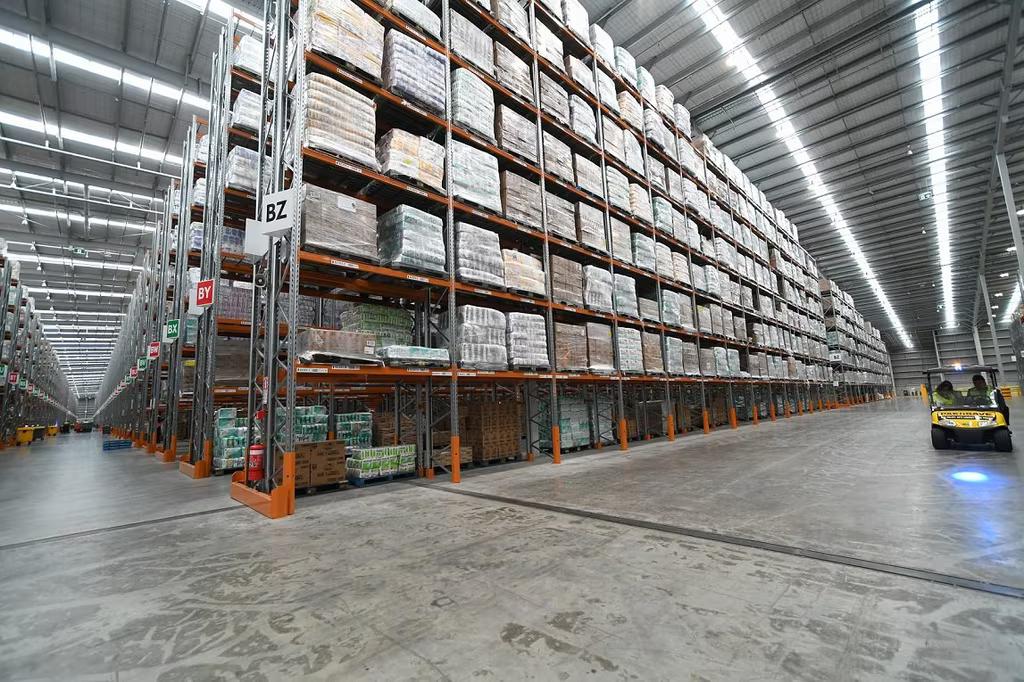
Media Release: Cost increases from grocery suppliers to supermarkets increase 10.0% in April
Supplier cost increases to supermarkets have been sustained at a double-digit growth rate in April 2023. The Infometrics-Foodstuffs New Zealand Grocery Supplier Cost Index (GSCI) shows a 10.0%pa increase in what suppliers charged supermarkets for goods in April 2023.
“Cost increases remained above 10%pa on average, showing that suppliers are still facing high input cost pressures – although there are some signs emerging of less intense cost increases filtering through the system,” says Infometrics Chief Executive and Principal Economist Brad Olsen.
“Global conditions are supporting a transition to less acceleration in food cost increases. However, domestic-based inflation remains high and creates uncertainty over future cost pressures.”
The Infometrics-Foodstuffs New Zealand Grocery Supplier Cost Index (GSCI), commissioned by Foodstuffs New Zealand, measures the change in the cost of grocery goods charged by suppliers to the Foodstuffs North Island and South Island cooperatives. The Index utilises detailed Foodstuffs NZ data across over 60,000 products Foodstuffs buys to stock in store, making it the largest dataset of its type in New Zealand, to give a real-time view on supplier cost changes.
Every month, the Index tracks what it costs supermarkets to buy the goods to put on the shelf. Previous analysis shows that supplier costs are the major component of supermarket prices, representing two-thirds of the on-shelf price.
All departments saw continued increases in costs in April 2023, although more recent increases have shown some signs of a more stable, rather than accelerating, pace of cost increases. “General merchandise, grocery items, and produce saw the largest increases in the April month, with annual growth in produce costs still near 20%pa. The increase for grocery goods was driven by continued higher egg prices, as well as cooking oils and sauces. Battery costs also rose,” says Mr Olsen.
“There are also some further increases to produce prices that appear to relate to Cyclone Gabrielle, but some fruit and vegetable prices have also moderated slightly.”
Some drivers of higher input costs to suppliers have shown signs of moderating. “Fuel prices have fallen, but transport costs are set to rise later in 2023 as the government ends the current subsidies on fuel taxes and road user charges. Fertiliser prices have also fallen, by 64% over the last year. However, global food prices remain stubbornly high, and supply chain challenges continue,” says Mr Olsen. “Recent analysis from Treasury staff has shown that both demand and supply factors have contributed to higher food inflation.”
ENDS
Note:
The Infometrics-Foodstuffs New Zealand Grocery Supplier Cost Index (GSCI), commissioned by Foodstuffs New Zealand, measures the change in the cost of grocery goods charged by suppliers to the Foodstuffs North and South Island cooperatives.
The Index utilises detailed Foodstuffs NZ data, across over 60,000 products, analysed by independent economics consultancy Infometrics to produce the GSCI and publish it on a monthly basis. For more details see www.infometrics.co.nz/product/grocery-supplier-cost-index.








